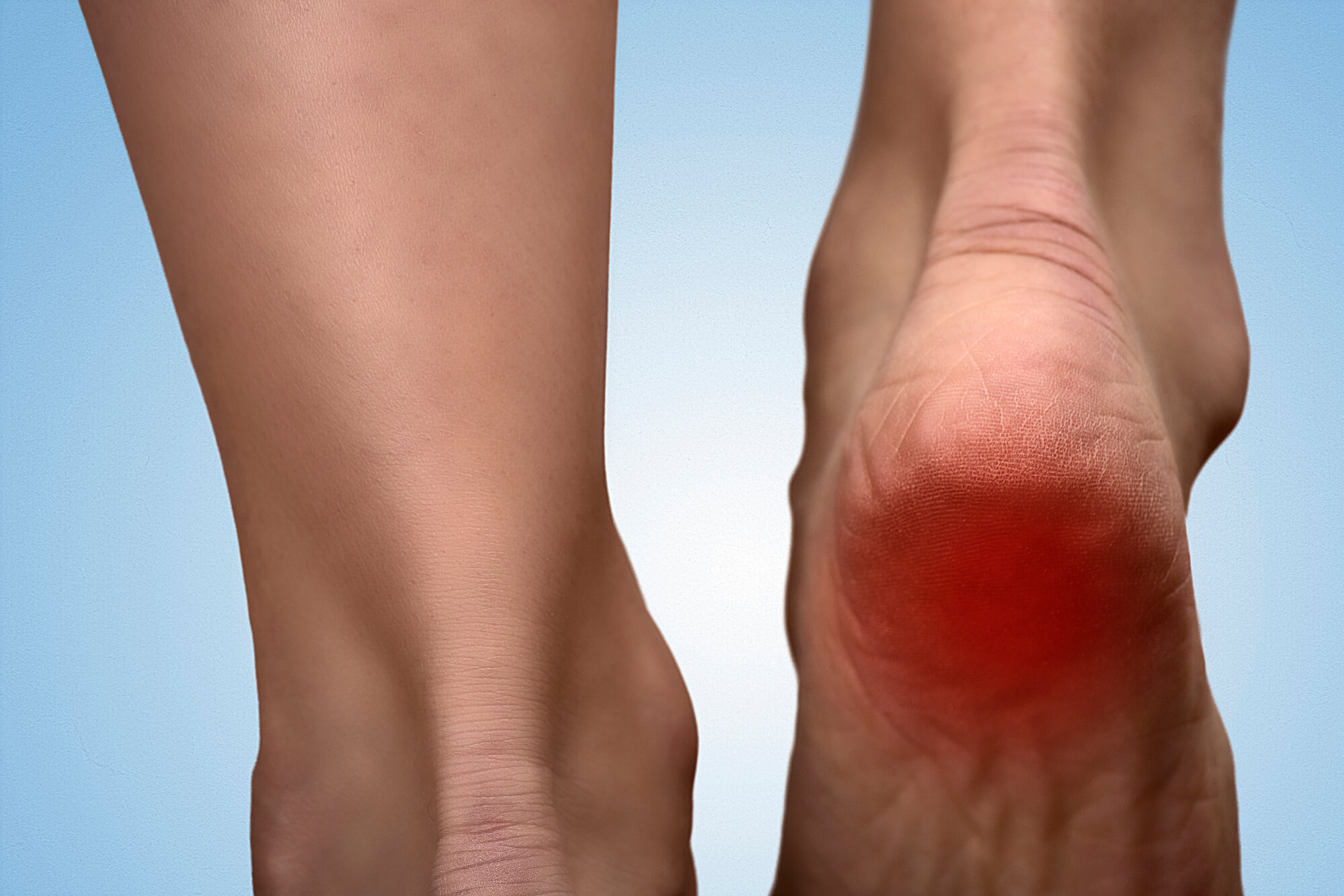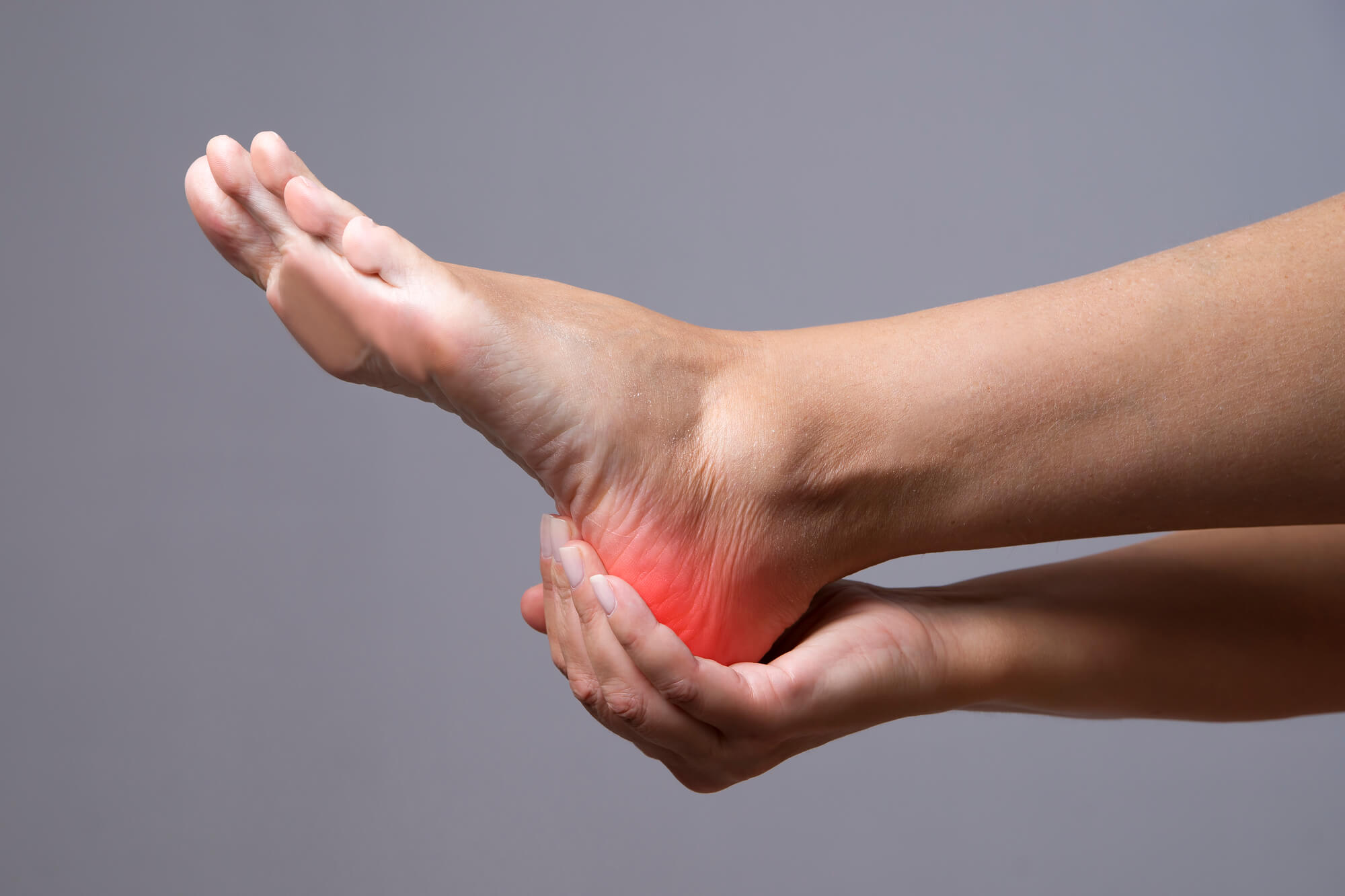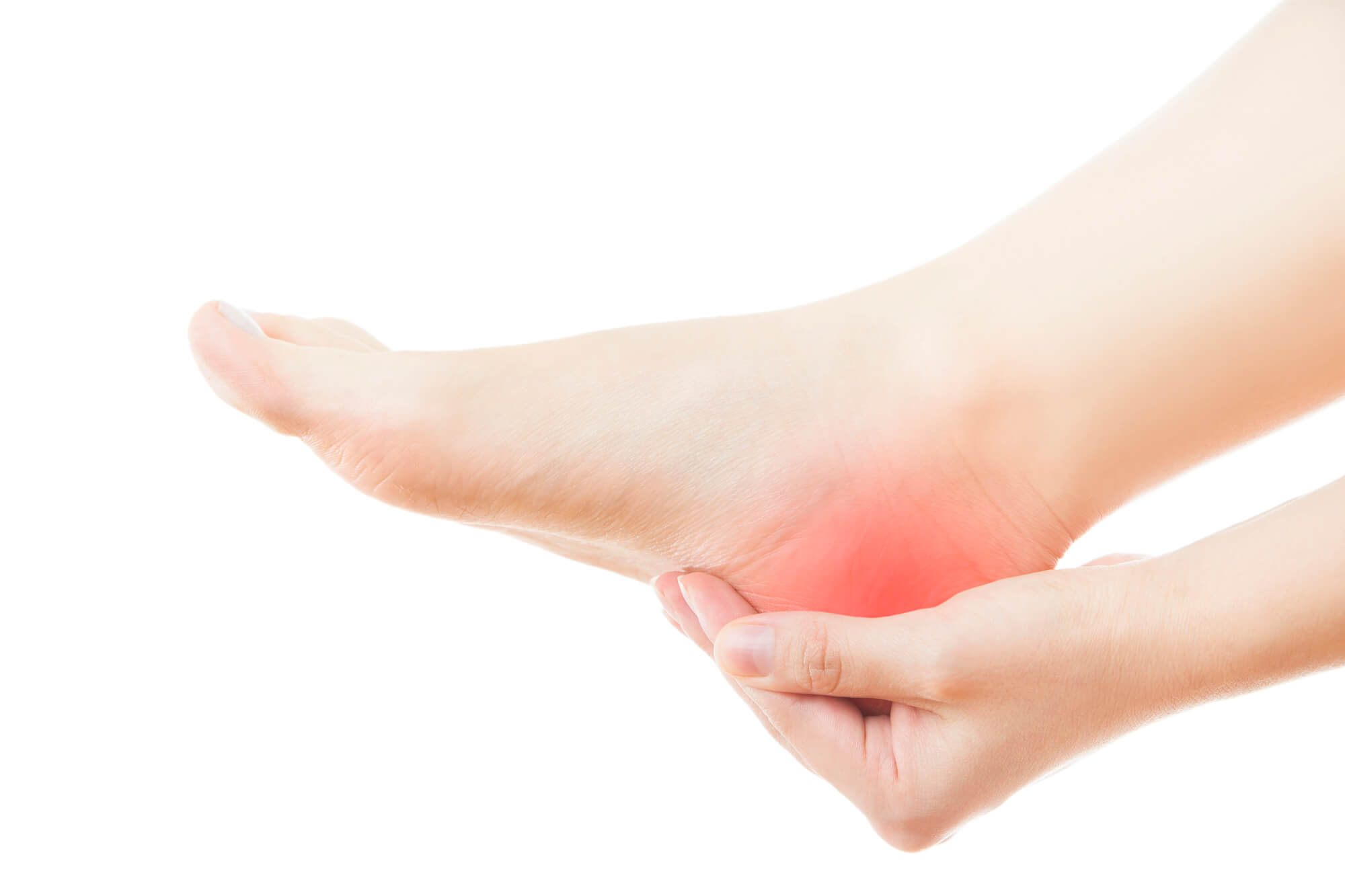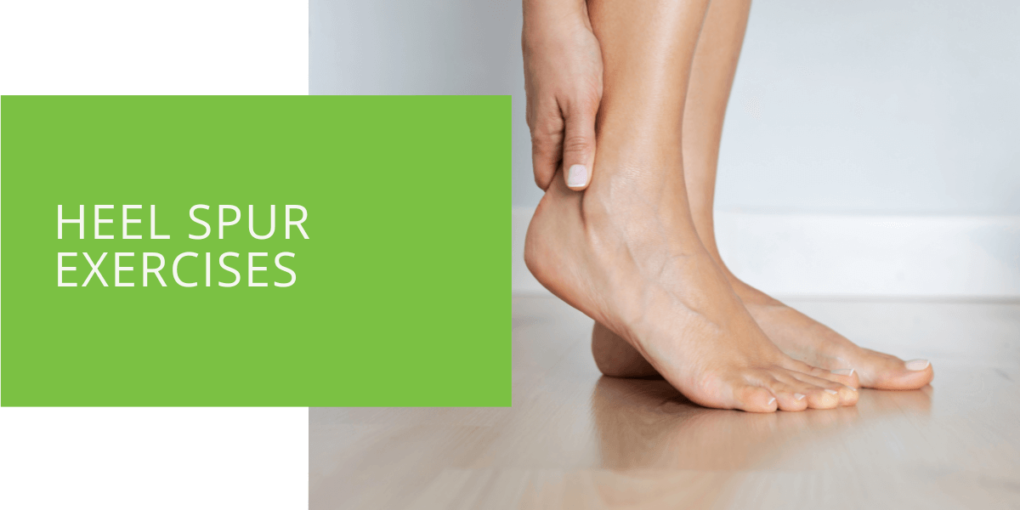Heel Spur Exercises
Heel spurs are small, bony growths that form on the heel bone and can cause pain and discomfort when standing or walking. If you are suffering from heel spurs, you may wonder what to do to alleviate the pain and improve your foot health. One effective option is to incorporate heel spur exercises into your daily routine. This article will provide an overview of heel spurs, explain how exercises can help, and offer tips on performing these exercises safely and effectively. We will also discuss when it may be necessary to seek guidance from a podiatrist or other healthcare professional.
What Are Heel Spurs and What Causes Them?
Definition of Heel Spurs
A heel spur is a small, sharp, bony growth that develops on the heel bone, also known as the calcaneus. Heel spurs are typically less than an inch long and can be seen on an X-ray. While they are not always painful, they can cause discomfort and pain when standing or walking.
Common Causes of Heel Spurs
Several factors can contribute to the development of heel spurs, including:
- Overuse or strain on the feet: Heel spurs are often the result of excessive wear and tear on the feet, particularly if you are involved in activities that put a lot of pressure on your heels, such as running or dancing.
- Poorly fitting shoes: Wearing shoes that do not provide sufficient support or cushioning can lead to heel spurs. This is especially true for shoes with high heels or those that are too tight around the toes.
- Foot problems: Certain foot conditions, such as flat feet or high arches, can increase your risk of developing heel spurs.
- Age: As we age, our feet are more prone to developing heel spurs and other problems due to the natural wear and tear that occurs over time.
- Weight: Carrying excess weight puts additional strain on the feet, leading to heel spurs.

Benefits of Exercises for Heel Spurs
Exercise can effectively alleviate heel pain and improve foot health if you are suffering from heel spurs. Some of the benefits of exercises for heel spurs include:
- Strengthening the muscles in your feet and ankles: Stronger muscles can help support the heels and take some of the strain off of the heel bone.
- Improving flexibility: Stretching and flexibility exercises can help loosen tight muscles and improve the range of motion in the feet and ankles.
- Improving circulation: Certain exercises, such as toe raises and heel raises, can help improve circulation in the feet and promote healing.
Types of Exercises to Try
Several types of exercises can be helpful for heel spurs, including stretches, strengthening, and balance exercises. Some specific exercises to try include:
- Calf stretches: To stretch the calf muscles, stand facing a wall with your hands resting on the wall at shoulder height. Place one foot about two feet behind the other, with the heel of the back foot pressed against the ground. Lean forward and feel the stretch in the calf of the back leg. Hold for 30 seconds, then switch legs and repeat.
- Toe stretches: To stretch the toes, sit in a chair and place a towel under your foot. Use your toes to scrunch up the towel and then release. Repeat 10 times, then switch feet.
- Heel raises: To strengthen the muscles in your feet and ankles, stand with your feet shoulder-width apart and hold onto a chair or wall for balance. Slowly lift your heels off the ground as high as you can, then lower them back down. Repeat 10-15 times. As you get stronger, you can try doing this exercise without holding onto anything for balance.
- Plantar fascia stretches: The plantar fascia is a band of connective tissue that runs along the bottom of the foot. Sit in a chair and place a towel under your foot to stretch the plantar fascia. Use your hands to gently pull the toes back towards your body until you feel a stretch in the arch of your foot. Hold for 30 seconds, then switch feet and repeat.

Tips for Performing Heel Spur Exercises Safely and Effectively
- Warm up before exercising: It's important to warm up before performing any exercises, especially if you are dealing with heel pain. Start by walking or marching in place for a few minutes to get your muscles and joints warm and flexible.
- Listen to your body and stop if you feel pain: It's normal to feel some discomfort when performing heel spur exercises, but you should stop immediately if you feel sharp or intense pain. This could be a sign that you are pushing yourself too hard or that the exercise is not right for you.
- Gradually increase the intensity of your exercises: As with any exercise program, it's important to start slowly and gradually increase the intensity as you get stronger. Don't try to do too much too soon, as this can lead to injury.
- Consider using assistive devices or seeking guidance from a professional: If you are having trouble performing the exercises on your own or are unsure which exercises are right for you, consider seeking guidance from a podiatrist or other healthcare professional. They can provide you with customized exercises and may recommend using assistive devices, such as a stretching strap or arch support, to help you get the most benefit from your exercises.

Specific Heel Spur Exercises to Try
In addition to the exercises listed above, several other exercises can be helpful for heel spurs, including:
- Tennis ball roll: Sit in a chair and place a tennis ball under your foot. Use your foot to roll the ball back and forth, applying gentle pressure as you go.
- Toe scoops: Stand with your feet shoulder-width apart and place a small object, such as a coin or marble, on the ground in front of you. Use your toes to scoop up the object and then release it. Repeat 10 times, then switch feet.
- Heel slides: Sit in a chair and place a towel under your foot. Use your heel to slide the towel towards you, then release it. Repeat 10 times, then switch feet.
When to See a Doctor or Physical Therapist
While heel spur exercises can effectively alleviate pain and improve foot health, they may not be sufficient on their own if you are experiencing severe or persistent heel pain. In these cases, it may be necessary to see a doctor or physical therapist for further treatment. Some signs that it may be time to seek professional help include:
- Severe or persistent pain: If you are experiencing intense or constant heel pain that is not relieved by self-care measures, such as rest, ice, and over-the-counter pain medication, it may be necessary to see a doctor or physical therapist.
- Difficulty performing daily activities due to heel pain: If your heel pain is preventing you from performing your usual daily activities, such as walking, standing, or climbing stairs, it may be time to see a healthcare professional for further evaluation and treatment.
- Failure to see improvement with self-care measures, including exercises: If you have been trying heel spur exercises and other self-care measures for an extended period of time without seeing improvement in your symptoms, it may be necessary to seek the guidance of a healthcare professional. They can help identify any underlying issues that may be contributing to your heel pain and develop a customized treatment plan to address these issues.

Conclusion
Heel spurs can be a painful and frustrating condition, but there are steps you can take to alleviate the pain and improve your foot health. Incorporating heel spur exercises into your daily routine can be an effective way to achieve these goals. Just be sure to start slowly, listen to your body, and seek guidance from a healthcare professional if necessary. With the right approach, you can find relief from heel spur pain and get back to enjoying your daily activities.
FAQ
What is a heel spur and what causes it?
A heel spur is a small, bony growth that forms on the heel bone, also known as the calcaneus. Heel spurs are typically less than an inch long and can be seen on an X-ray. They are often the result of excessive wear and tear on the feet, particularly if you are involved in activities that put a lot of pressure on your heels, such as running or dancing. Poorly fitting shoes, foot problems such as flat feet or high arches, age, and excess weight are potential causes of heel spurs.
How can exercises help with heel spurs?
Exercise can effectively alleviate heel pain and improve foot health if you suffer from heel spurs. Some of the benefits of exercises for heel spurs include strengthening the muscles in your feet and ankles, improving flexibility, and improving circulation. Stretching and strengthening exercises, such as calf stretches, toe stretches, heel raises, and plantar fascia stretches, can all be helpful for heel spurs.
What is plantar fasciitis and how does it relate to heel spurs?
Plantar fasciitis is a common cause of heel pain that is characterized by inflammation of the plantar fascia, a band of connective tissue that runs along the bottom of the foot. Heel spurs can sometimes develop in conjunction with plantar fasciitis, as the inflammation caused by plantar fasciitis can lead to the formation of a heel spur. Stretching exercises that target the plantar fascia, such as plantar fascia stretches, can be helpful for both plantar fasciitis and heel spurs.
What are some tips for performing heel spur exercises safely and effectively?
It's important to warm up before performing any exercises, especially if you are dealing with heel pain. Start by walking or marching in place for a few minutes to get your muscles and joints warm and flexible. It's also important to listen to your body and stop if you feel sharp or intense pain, as this could be a sign that you are pushing yourself too hard or that the exercise is not right for you. Gradually increase the intensity of your exercises as you get stronger. Consider seeking guidance from a healthcare professional, such as a podiatrist, if you are having trouble performing the exercises on your own or are unsure which exercises are right for you.

